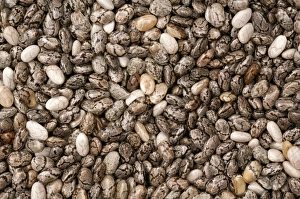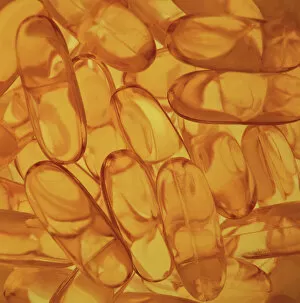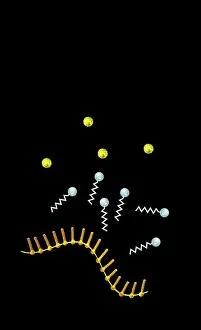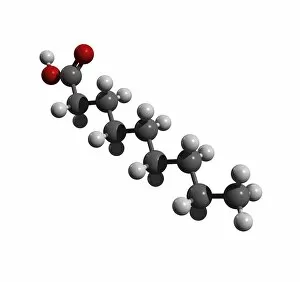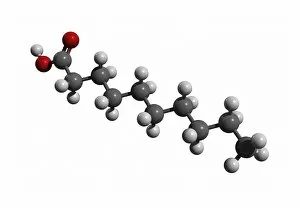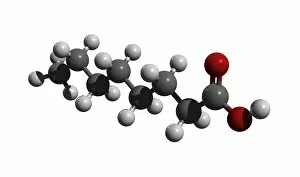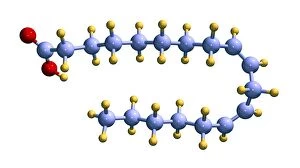"Fatty Acid: The Essential Nutrient for a Healthy Body and Mind" Chia seeds and evening primrose oil capsules are just two sources of the vital fatty acids our bodies need to function optimally. These tiny powerhouses are packed with omega-3 and omega-6 fatty acids, which play a crucial role in maintaining overall health. In the vast agricultural landscapes, where fields bloom and blossom under the care of dedicated farmers, we witness nature's bounty. Picture a farmer driving a combine during canola harvest, surrounded by swathed canola fields at sunset. The glowing pink clouds in Alberta, Canada create an awe-inspiring backdrop that showcases the beauty of agriculture. But it's not just plants that benefit from fatty acids; marine life also thrives on these essential nutrients. Take red sea bream as an example - their vibrant colors shimmering beneath the surface reveal their healthy diet rich in polyunsaturated fats. Polyunsaturated fat molecules are key players when it comes to maintaining our well-being. They provide energy while supporting brain function, heart health, and reducing inflammation within our bodies. Imagine these intricate molecules working together like puzzle pieces to ensure optimal functioning. Even on a microscopic level, fatty acid metabolism is fascinating. Human electron transfer flavoprotein and dienoyl-coenzyme A isomerase molecules work tirelessly behind the scenes to break down fats efficiently so that they can be utilized by our cells for various processes. So next time you hear about "fatty acid, " remember its importance for your body's vitality. From chia seeds to evening primrose oil capsules or witnessing blooming fields at sunset or marveling at marine life's vibrancy – embrace this essential nutrient as nature intended.

